AIR QUALITY 3D MAPPER – STUDIO II SEMINAR
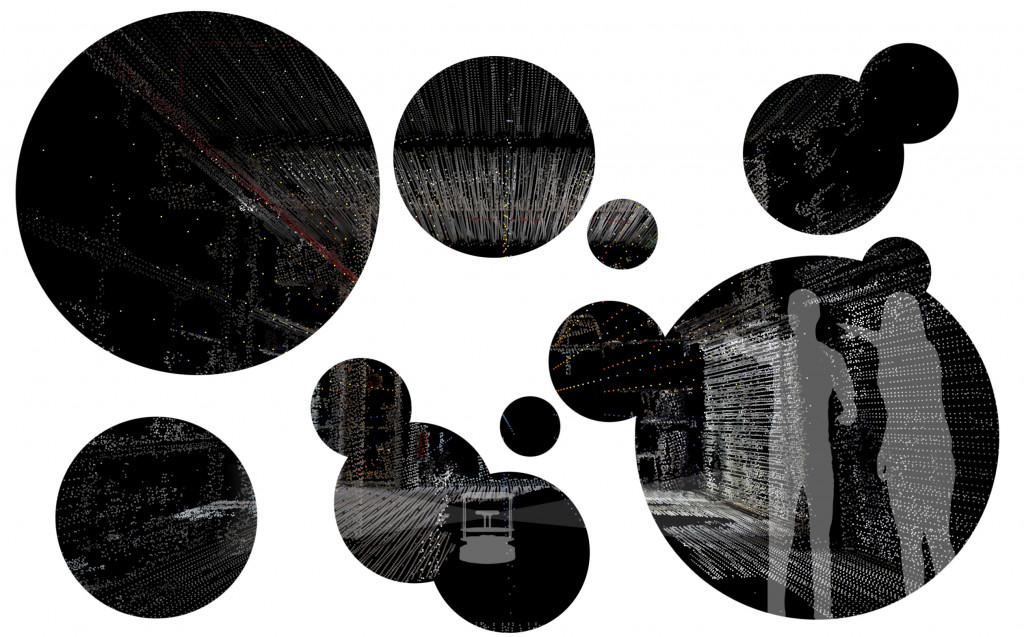
The poor IAQ (Indoor Air Quality) we are exposed to everyday is the main drive of this project.
According to a study in 2016, household air pollution was responsible for 3.8 million deaths, which accounts for 7.7 % of the global mortality rate. With people spending more and more time indoors due to the current pandemic, these numbers are alarming. Since the start of the pandemic in January 2020, until February 2021, there have been 2.2 million deaths recorded due to COVID-19, which only represents 58 % of the indoor pollution related deaths per year. The time to act is now.
In alliance with 2 of the 17 sustainability goals established by the UN, this project finds itself tackling #3 – Good Health & Well-being (by reducing illnesses and deaths related to indoor air pollution, and by contributing to the creation of a healthier air circulation system that could eventually be widely applied) and #11 – Sustainable Cities & Communities (by introducing biomaterials and living systems in the proposed solutions, and by contributing to the sustainable material life-cycle).
We are trying, with this project, to measure a dynamic problem using a dynamic system to eventually provide a dynamic solution.
. OVERVIEW .
To start, let’s establish what ‘good air quality’ means. Although the comfort level depends on various factors such as thermal mass, evaporative cooling and natural ventilation, it goes without saying the air we breath should be also be clean.
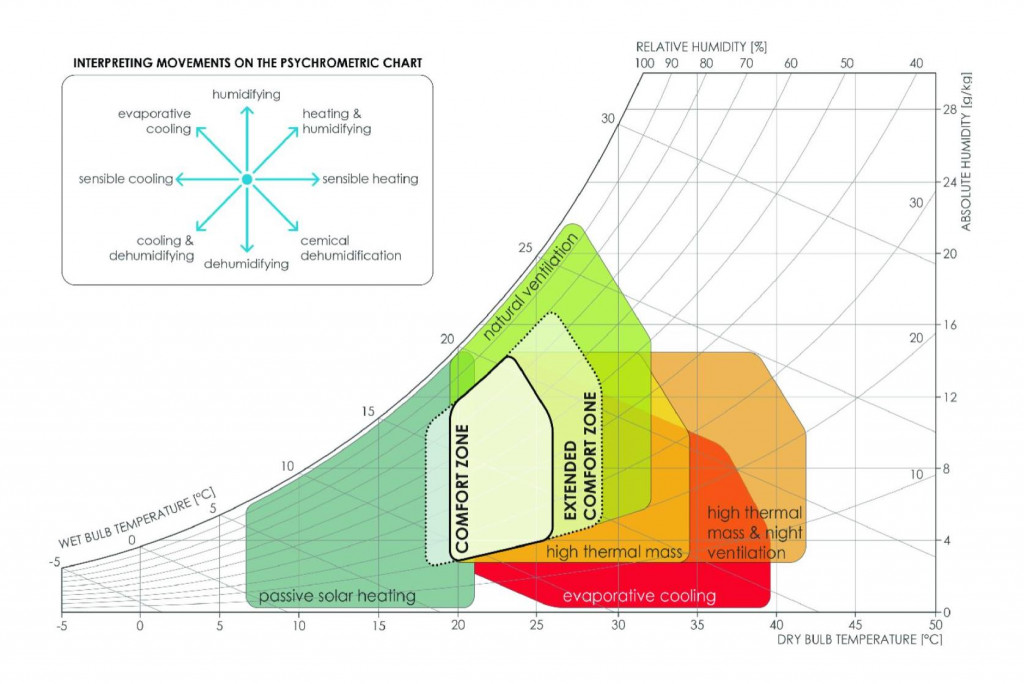
Being exposed to poor IAQ happens through one of two ways. Through chemicals such as benzene, nitrogen dioxide (and more) or through biological components such as mould, funghi and dus; all of which have negative impacts on an individual’s life. Starting with pregnant women all the way to adulthood, everyone is at risk.
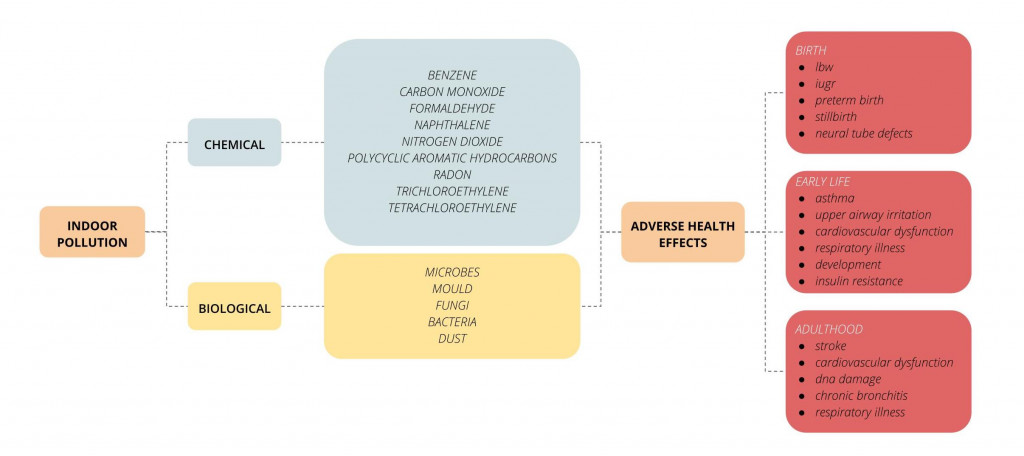
. STATE OF THE ART .
Several projects are already tackling IAQ as it is a rising issue, especially within the last decade. The difficulty lies in measuring a constantly changing environment, with air being a fluid, dynamic and invisible component.
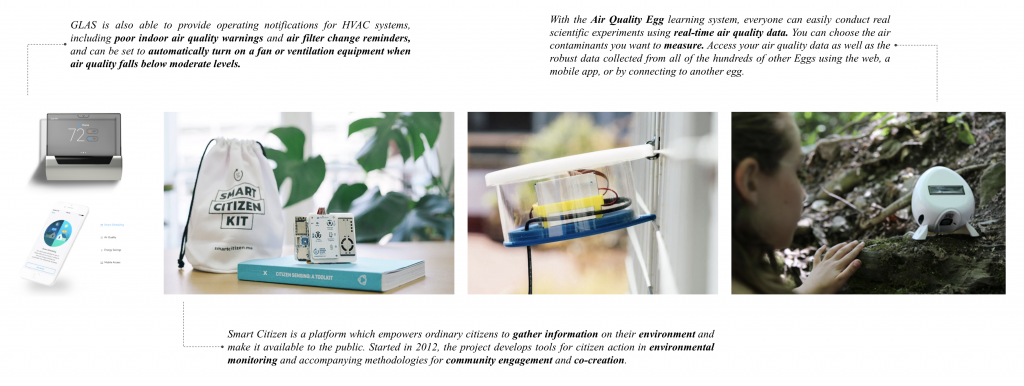
. 01 :: DIGITIZATION .
The methodology applied throughout this project is the following:
01. Existing Scenario: digitize, simulate, measure
02. Spatial Transformations: existing solutions, design intervention, digital twin, IOT
03. Future Iterations: material tech, redefine design solutions
/////// 01. Existing Scenario
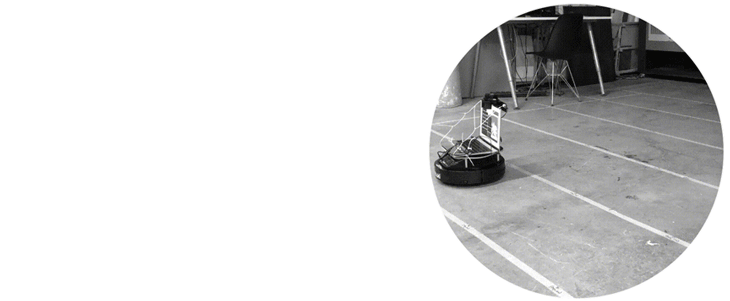
The indoor air quality problem is related to the existing buildings in the city. Instead of placing thousand of sensors inside those spaces, we propose to use a mobile technology that consists of a minibot scanning autonomously. When we eventually detect the zones that are the most problematic within those scanned spaces, that need to be constantly monitored, then we place the fixed sensors.
The setup we used consisted of a Turtlebot 2, a laptop mounted on top of it, our custom datalogger and a lidar LDS01 on top. A detailed blogpost on the process of scanning from the MRAC01 Software II Seminar can be found here (along with the github).

The space in question is none other than our classroom, Space 1. In order to get to it, we pass by a lasercutting area, a robotics lab, a CNC workshop and a matter lab – basically spaces where activities happen daily and if not properly ventilated, can lead to concentrated polluted air in Space 1.
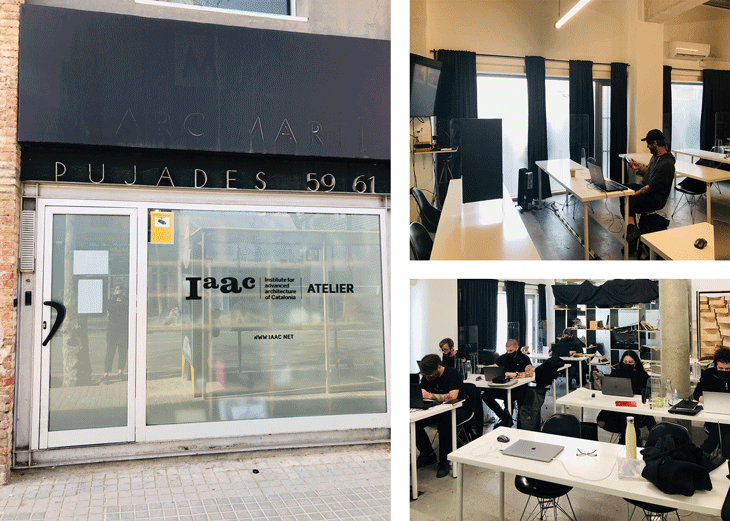
Once we scanned Space 1 we got a point cloud of roughly 78 million points, that needed to be processed in order to be used further on. We chose to intervene, for the purpose of developing this research, on the 2 main windows of the facade that is parallel to the main street.
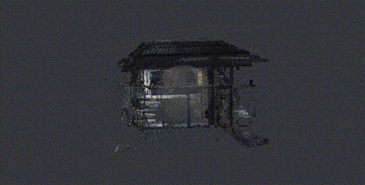
The following point cloud processing was done by applying the methodology learned throughout the MRAC 01 W2.2 Workshop with Soroush Garivani. Using the Open3D library with python, we first downsampled it by removing some pixels to make it less dense (and went from 78 044 564 points to 150 717 points). We then denoised it by removing some points that were floating around to get an overall cleaner point cloud. Lastly, we applied a planar segmentation to isolate the facade we wanted to work with. A more detailed description can be found here.
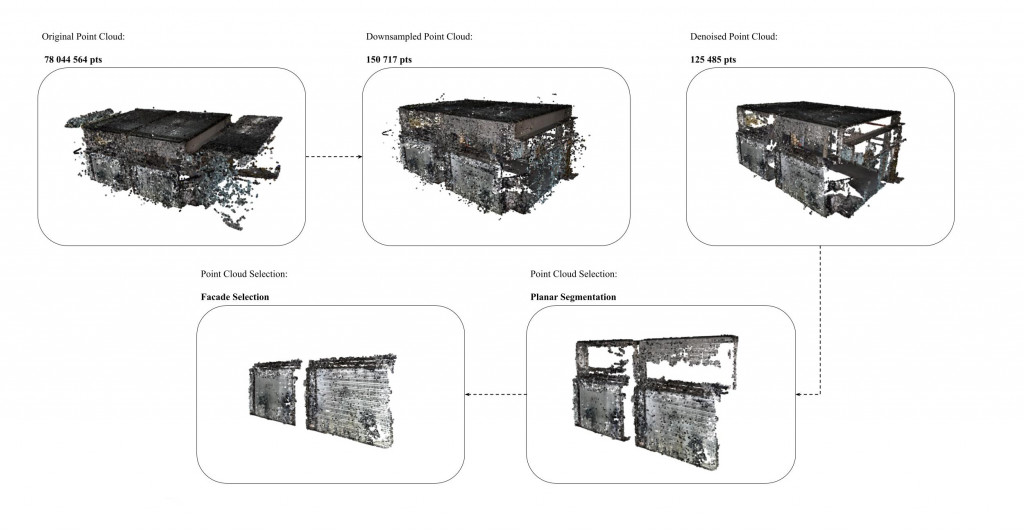
The current openings in Space 1 are highlighted below. The operable parts of the windows are not big enough to properly ventilate the classroom.
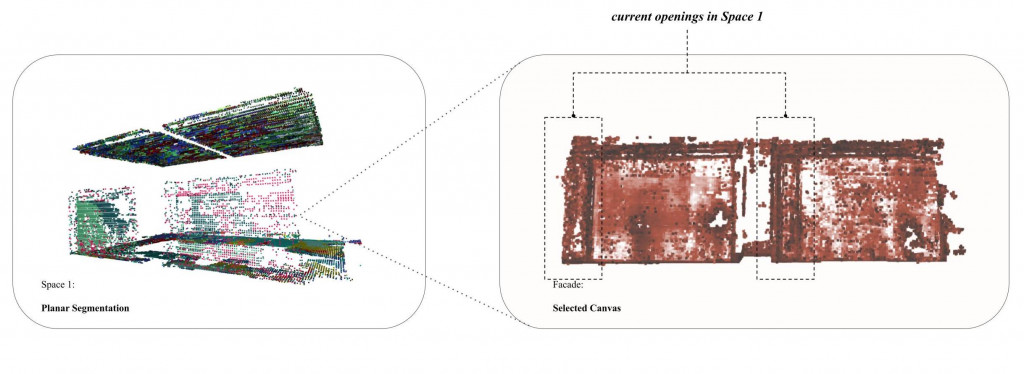
We began the process by first creating a 2d scan with a turtlebot and lidar, and supporting it with a photogrammetric scan, we were able to create a point cloud of our space. We used the point cloud to build the digital twin, and with this we were able to highlight every part of the building, as well as what materials were used. An important part that we can also detect are hard and soft parts of the building. The hard parts representing the structure and the soft parts representing the parts we are able to manipulate in the existing environment. Eventually you see that the same process to detect hard and soft parts can be applied to the entire building, in this case P59 at IAAC. For now, let’s go back to our Space 1.
We built a datalogger with a set of easily found sensors, custom for this project. Specifically, we are using an air quality sensor, a temperature and humidity sensor, a flame detector sensor and we are receiving all the data using a bluetooth module into an Elegoo.
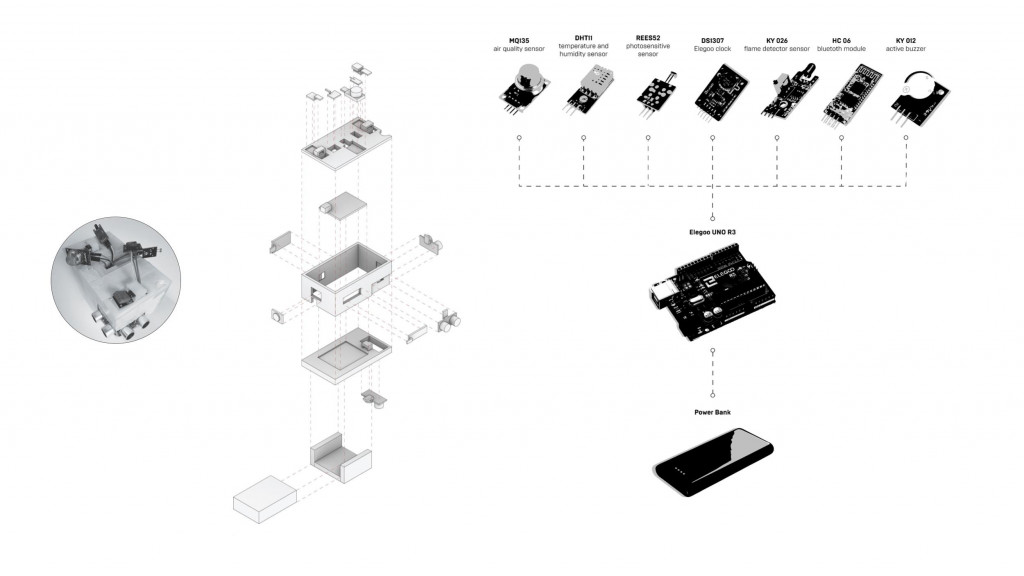
The air quality sensor MQ135 used in the datalogger is able to detect the following chemicals, however we are not able to extract the amount that we can detect per chemical. We are however, able to detect an average range of healthy and unhealthy levels.

Using the datalogger, we collected the first set of data points in a controlled environment where there was no activity in the space. The second set of data collected represent some activity happening inside and around the space. We extrapolated the set of points in order to increase the accuracy and visualization of points in the space.
. 02 :: ANALYSIS .
By visualizing the data inside of the space, this can inform the design process and analysis.
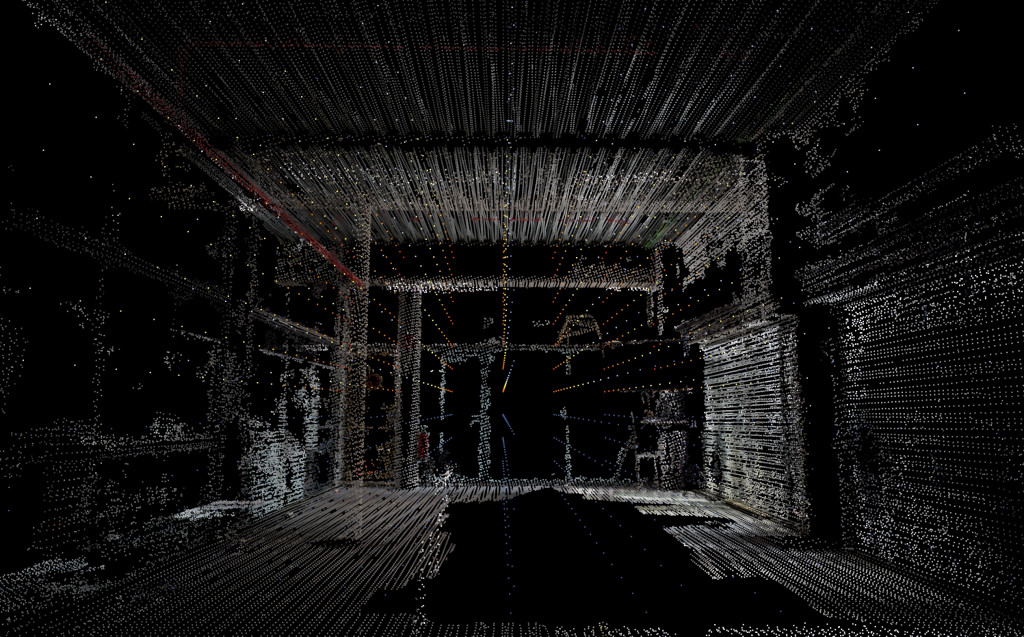
Air quality measurement are commonly reported in terms of micrograms per cubic meter (µg/m3), parts per million (ppm) or parts per billion (ppb). The MQ135 sensor was calibrated after 24 hrs of data collection. The normal air quality for space 1 was 300 ppm and the bad air quality it is over 350 ppm. After the mobile air data acquisition, 2 static points were defined to make a longer data acquisition campaign of 24 hrs. After the mobile analysis, we detected the points that have the worst average air quality and placed fixed sensors in those 2 points. we measured throughout 24 hours, and found that during the active hours of the building, the levels increase.

Wind and air flow are strong external factors, therefore we first used the digital twin to simulate the velocity of the air flow during 4 different months.
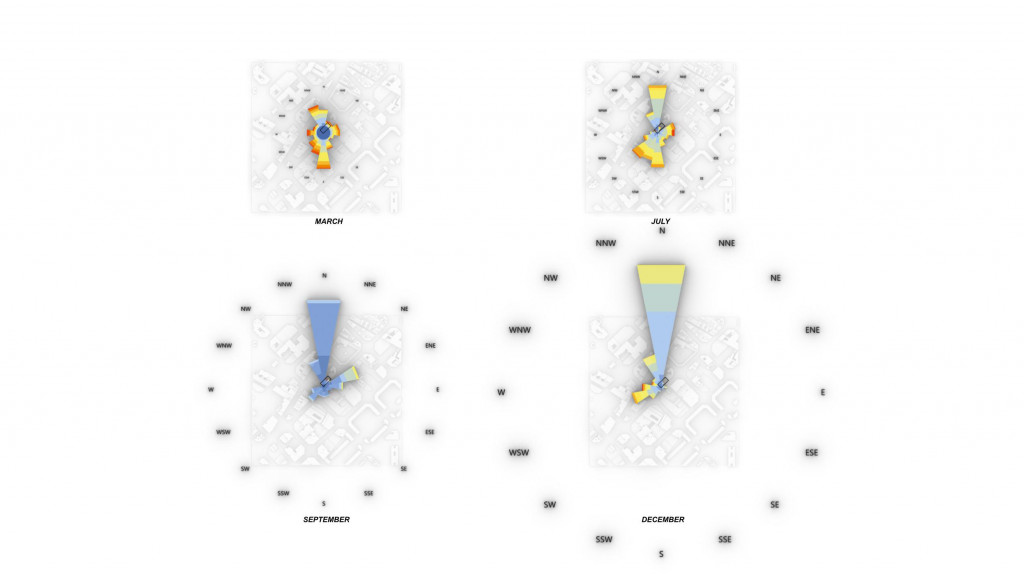
The external flow values were then used as inputs to simulate interior air flow velocities and speculate a possible directionality of indoor air flow. We used the Butterfly plugin for grasshopper to test it out.
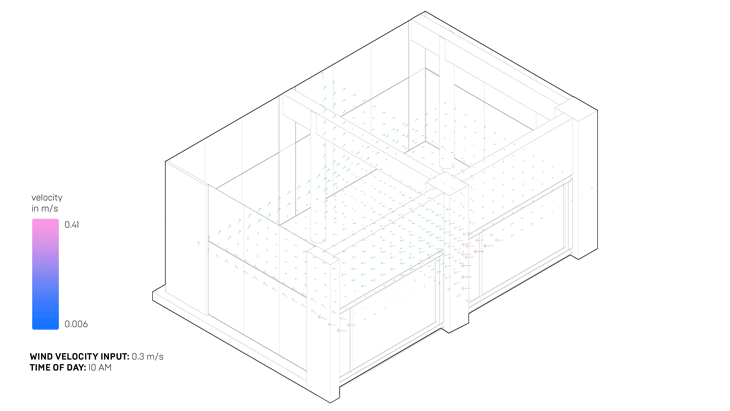
. 03 :: SOLUTIONS .
/////// 02. Spatial Transformations
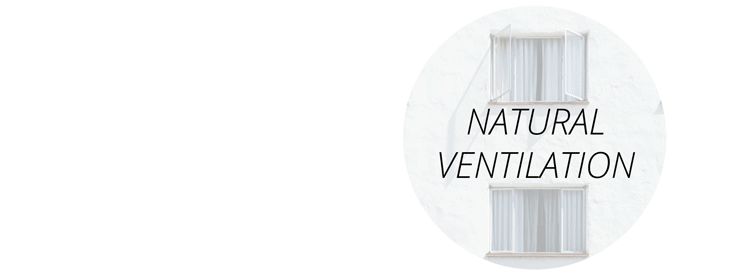
Several criteria had to be taken into consideration when trying to apply a proposed dynamic solution to the design of the facade. The following examples help showcase those criteria and how they can be applied and integrated within the architecture.

01. Casa Batllo, Gaudí: Natural Ventilation System
These openings are manual and make it possible to regulate the air with precision, without having to open the windows fully. In turn, the design of the central patios, where the majority of air enters, helps to maintain the heat in winter and ventilate in summer.
02. Wind Towers in Iran: Passive Cooling System
The function of a wind tower tower is to catch cooler breeze that prevail at a higher level above the ground and to direct it into the interior of the buildings. A wind tower is a combination of inlet and outlet openings. The tunnel provides cool air for the building while serving as a conduit through which the stuffiness within the building is conveyed through its shaft.
03. Biomaterials: Build Sustainably
– MycoTree is an installation which consists of dozens of mycelium components that support one another in compression. These components are attached to one another with a system of bamboo endplates and metal dowels – but it is the mycelium that is taking all the load.
– Wear Pure is a mineral compound that converts carbon dioxide and nitrogen dioxide into environmentally safe minerals. A biodegradable polymer and CO2Pure powder for the additive manufacturing process.
04. Dynamic Components: Reactive & Smart Materials
– A shape memory polymer (SMP) is a kind of material that has the potential of showing large elastic deformation in response to environmental stimuli. In other words, it has the ability to change shape in various ways, and then come back to its original form. In order to cause this change, this emerging kind of 3D printing material should be exposed to heat, light, electricity, moisture, or an environment with a specific pH.
– The movement of spruce cones is rooted in the material’s intrinsic capacity to interact with the external environment, and it shows how a structured tissue can passively respond to environmental stimuli: The cone opening (when dried) and closing (when wetted) is enabled by the bilayered structure of the scales’ material.
– This “material” is composed of three different materials, organized in six layers – three of them consist 0.5 mm thick silicone coated elastic, while the other three are hydromorphic stacks. The transformability of its structure increases water absorption and evaporation rates, thus resulting in an alternative, smarter cooling system.
NASA has done a study quite a while ago, but its relevance is still active today. They published a list of plants that have the potential to enhance the quality of the air due to their filtering capacities. We have displayed a few from a larger list, and these can be used as a secondary system in parallel to a reacting facade.
As the first iteration, we take the facade as a soft part detected with the segmentation process. The window is the component that could be modified as a starting point. We defined three different parameters to explore how the shape can modify the air flow conditions. The three parameters were thickness, direction and aperture.

After the parameter definition, we made a catalogue of 15 geometric possibilities within the digital twin. It allowed us to simulate, in a virtual environment, multiple solutions and then select the better ones to continue with the research and the analysis. At the end, in a complete process, the construction and implementation of this already proven solution would be carried out.
The wind simulations in this case allows us to evaluate two geometric conditions. The first one, model “A”, has an opening of 60 by 100 cm over the original window that is 210 by 400 cm. The opening is parallel to the street. In this case the result of the intervention shows a small but ineffective change in the space. In the second simulation, model “B”, the size was maintained but with the south orientation, the results of the simulation show us an improvement of the air movement inside the space 1.

/////// 03. Future Iterations
Now, with these results, the next iteration should be to test how the same shape works in a different amount and number. The hypothesis in this case is that with more small openings we can have a better and more specific result. Then, the next step is to make the same changes to the second window and repeat the analysis with the digital twin.
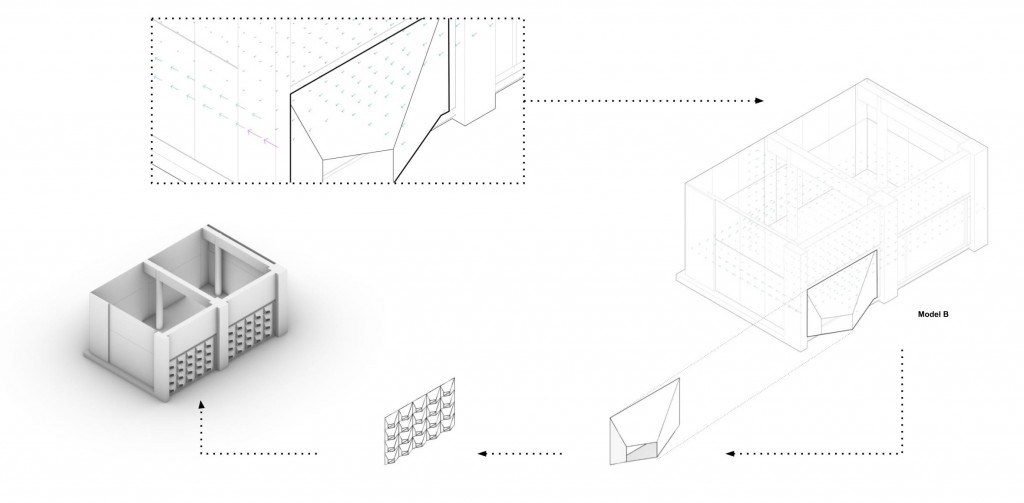
And the next iteration, if the previous one comes through, is to test the whole building ground floor with a dynamic solution depending on custom scans of the air quality of each space.
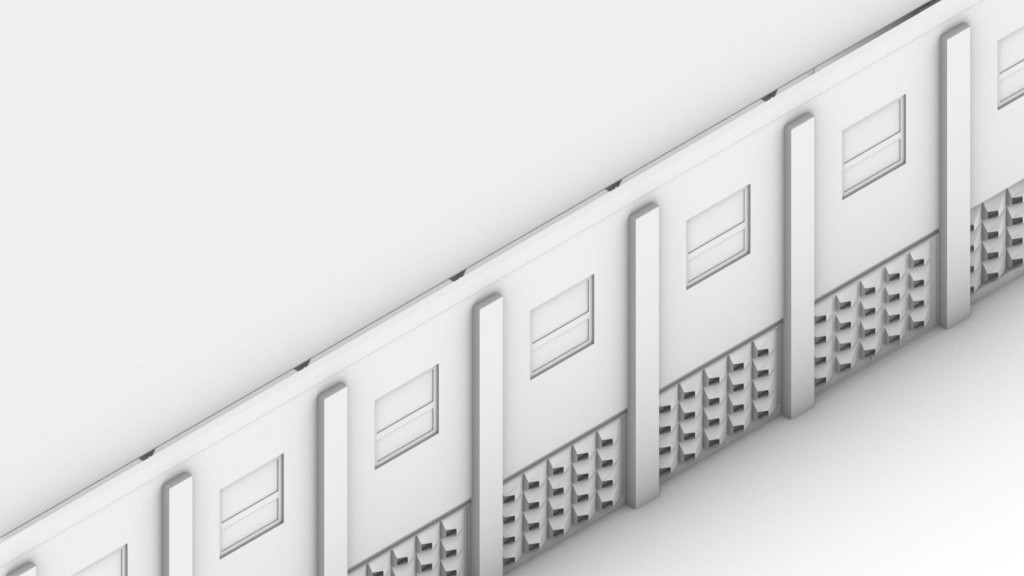
We also can use IOT technology to combine the data measurement of the air quality and the exterior climate condition. With this data and technology, we can create a network between the datalogger and the reactive skin that can give continuous feedback.

So, the next steps could be the combination of living systems and biomaterials that can move and filter the air of the existing buildings incorporated within the reactive and dynamic skin of the proposed solution.
AIR QUALITY 3D MAPPER – STUDIO II SEMINAR is a project of IAAC, Institute for Advanced Architecture of Catalonia developed at the Master in Robotics and Advanced Construction in 2020/2021 by:
Students: Aslinur Taskin, Helena Homsi, Juan Eduardo Ojeda
Faculty: Aldo Sollazzo, Daniel Serrano
Faculty Assistant: Soroush Garivani